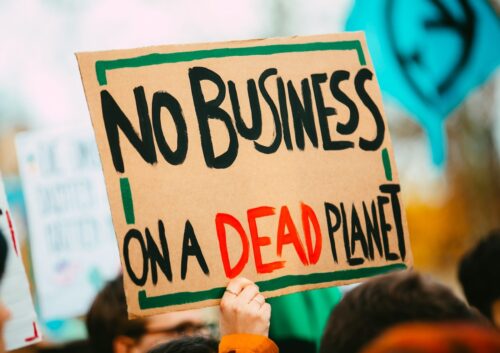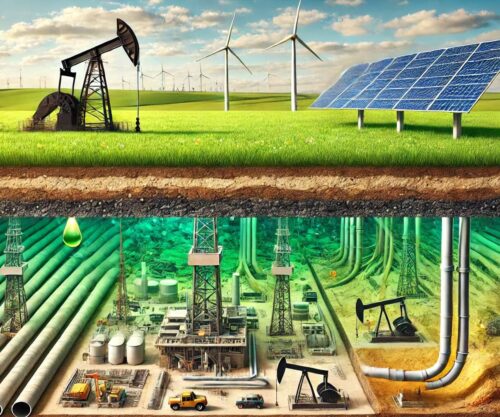
The National Oceanic and Atmospheric Administration predicted the 2025 Atlantic hurricane season was going to be above normal. With less than a week left in the season, how has the forecast panned out? [emphasis, links added]
It was off by a bit – the storms didn’t develop as predicted, even though we’ve been told for decades that man-caused global warming was going to bring stronger and more frequent storms.
In May, NOAA’s forecast called for a 60% chance of an above-normal season, a 30% chance we would see a near-normal season, and only a 10% chance that activity would be below normal.
Commerce Secretary Howard Lutnick bragged that “NOAA and the National Weather Service are using the most advanced weather models and cutting-edge hurricane tracking systems to provide Americans with real-time storm forecasts and warnings.”
And yet the predictions, made a little more than a week before hurricane season began on June 1, were off.
There were 13 named storms, one fewer than the 1991-to-2000 normal, five hurricanes, two fewer than the 1991-to-2000 normal, and four major hurricanes, one more than the 1991-to-2000 normal.
As of Monday, NOAA was reporting that tropical cyclone formation was not expected during the next seven days.
What’s more, no hurricane made landfall in the U.S. This hasn’t happened in a decade.
Actually, NOAA’s hurricane prediction was not a bad forecast, though, as engineer and climate blogger Pierre Gosselin noted, it was “a bit on the hyped side.”
There was no drama in the U.S. We weren’t tormented by “superstorms.” Globally, cyclone activity has not increased over the last 45 years, and “the overall trend has been somewhat downward since 1990, with no real trend since 1970,” says Gosselin.
A rich dataset offered by researcher Roger Pielke Jr. shows that there’s been no upward trend in Atlantic hurricane activity since 1900, and global cyclonic energy per hurricane has been stable since 1980.
Read rest at Issues & Insights


















